Tattoo Myths Busted: Separating Fact from Fiction
Tattoos have been around for thousands of years, but so have myths and misconceptions about them. From “tattoos never fade” to “you can’t donate blood after getting inked,” it’s time to separate truth from tattoo fiction.
This article will bust 15 of the most common tattoo myths — so whether you’re new to ink or a seasoned collector, you’ll walk away with the real facts before your next session.
Myth #1: Tattoos Last Forever Without Fading
Truth: Tattoos do fade over time due to sun exposure, skin aging, and poor aftercare. Black ink lasts the longest; colors like red, yellow, and white fade fastest.
Tip: Use SPF and moisturize to maintain vibrancy.
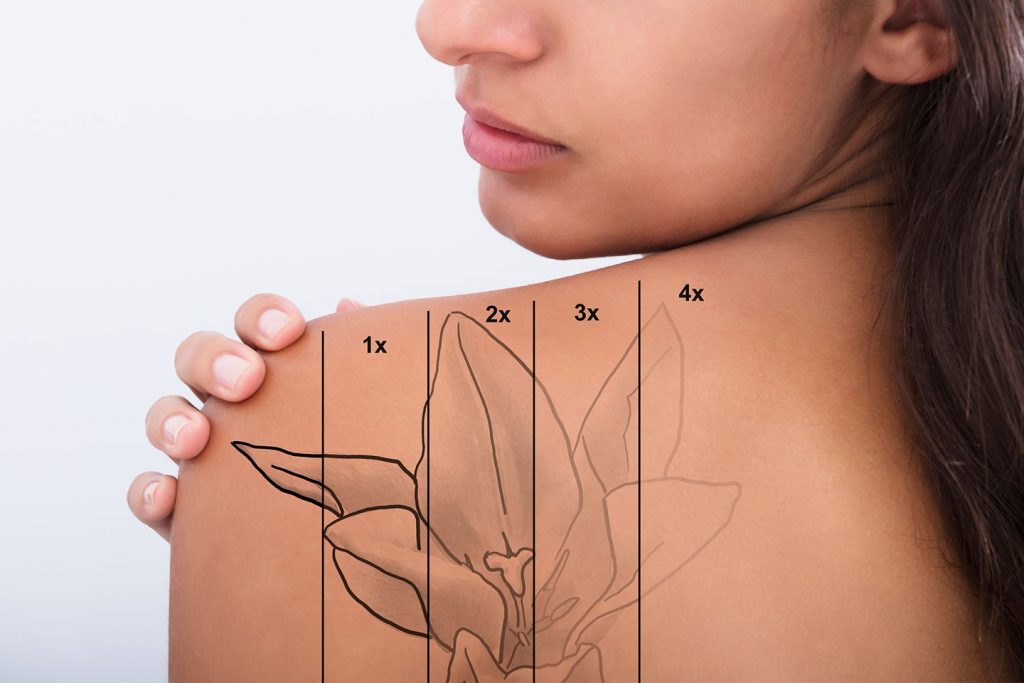
Myth #2: Tattoo Ink Is Unsafe or Toxic
Truth: Reputable artists use sterile, FDA-compliant ink. Most reactions come from colored pigments (especially red) or poor hygiene. Always ask your artist about the ink brand used.

Myth #3: You Can’t Donate Blood After a Tattoo
Truth: You can — but you may have to wait 3–6 months, depending on your country’s blood donation policies. This ensures no infection risk.
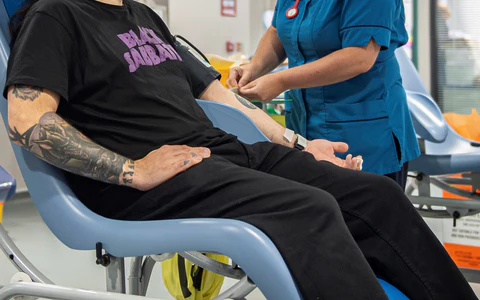
Myth #4: Tattoos Cause Cancer
Truth: There’s no proven link between tattoos and cancer. However, low-quality ink or unlicensed parlors can increase health risks. Choose certified shops only.
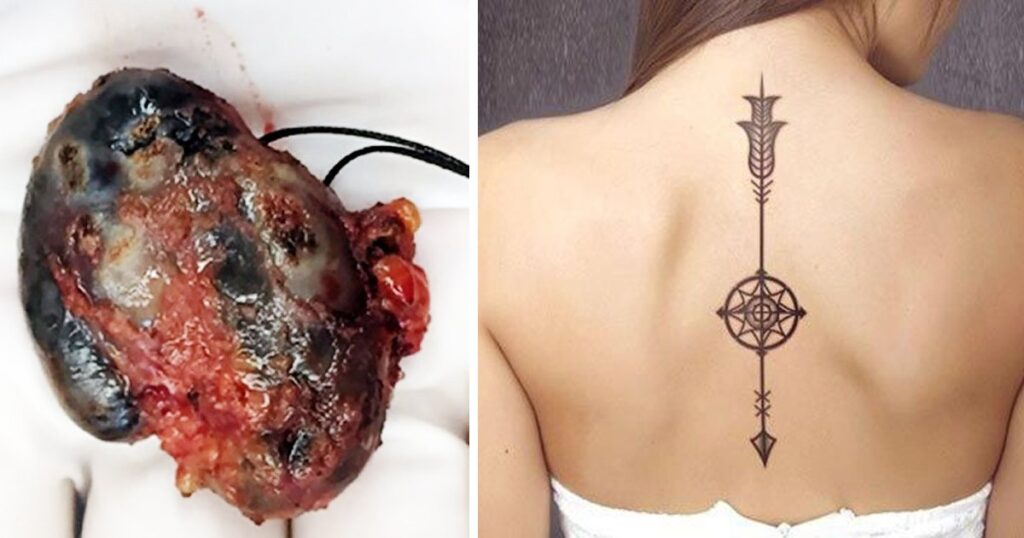
Myth #5: Tattoos Ruin Your Chances of Getting a Job
Truth: Workplace culture has changed. Many industries now accept visible tattoos, especially in fashion, tech, design, and service roles. Still, consider placement if you’re job-hunting in conservative fields.

Myth #6: Tattoos Are Unbearably Painful
Truth: Pain depends on placement and personal tolerance. For most people, it’s discomfort, not unbearable pain. And yes, it’s temporary!

Myth #7: Tattoos Can’t Be Removed
Truth: Thanks to laser removal, tattoos can be lightened or erased over several sessions. Black ink removes best; greens and yellows are harder.
Tattoo removal is costly, time-consuming, and may leave faint scarring.

Myth #8: Getting a Tattoo While Pregnant Is Safe
Truth: Most reputable studios won’t tattoo pregnant clients due to infection risks and immune system sensitivity. Wait until after delivery.
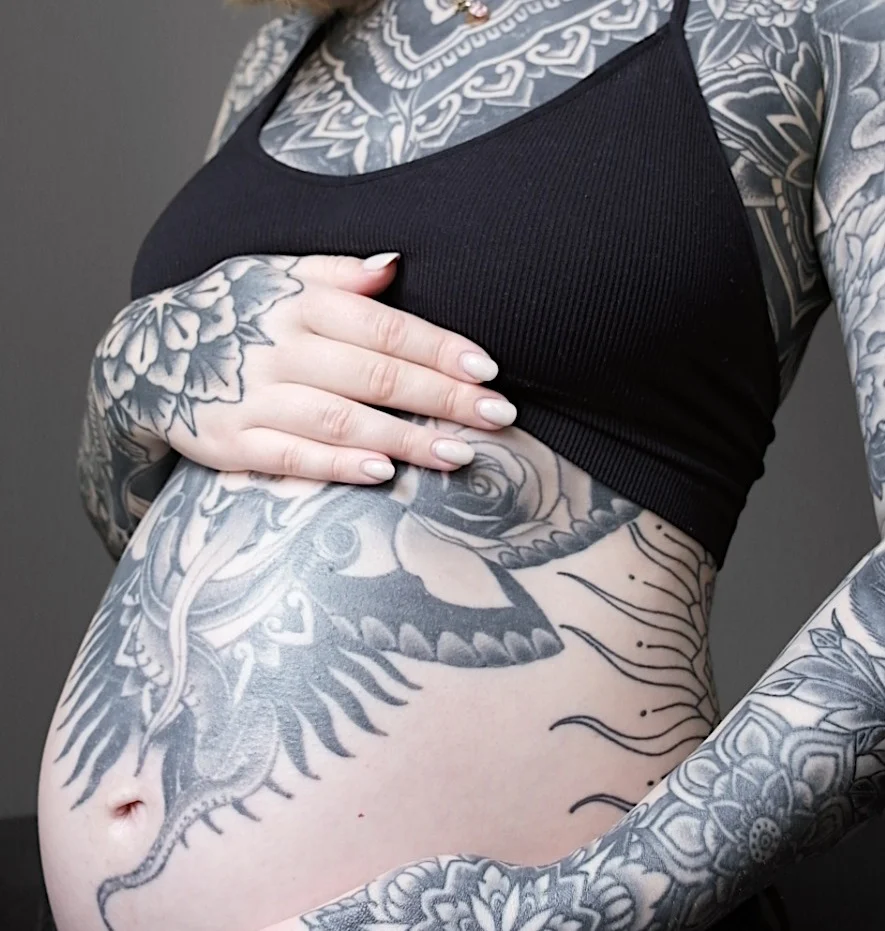
Myth #9: Color Tattoos Don’t Show on Darker Skin
Truth: While some colors fade or look muted, a skilled artist can choose bold, high-contrast inks for vibrant tattoos on melanin-rich skin.
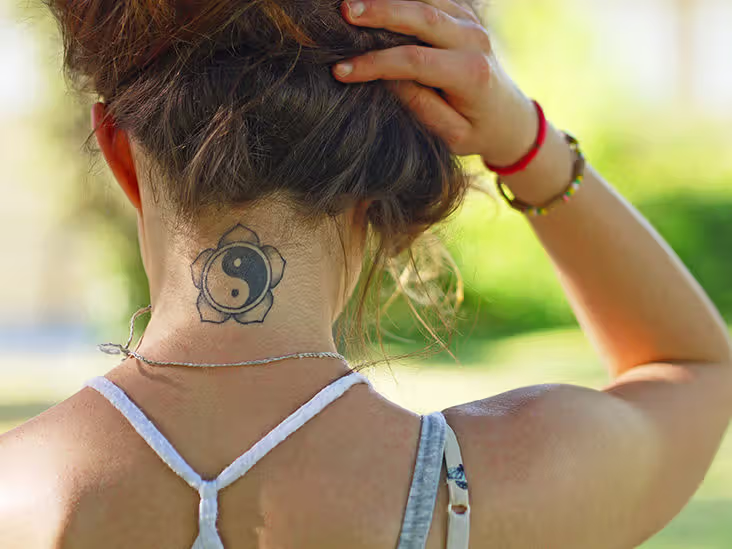
Myth #10: Tattoo Machines Use the Same Needles on Everyone
Truth: Never. Professional studios always use sterile, single-use needles for every client. If they don’t — walk out immediately.
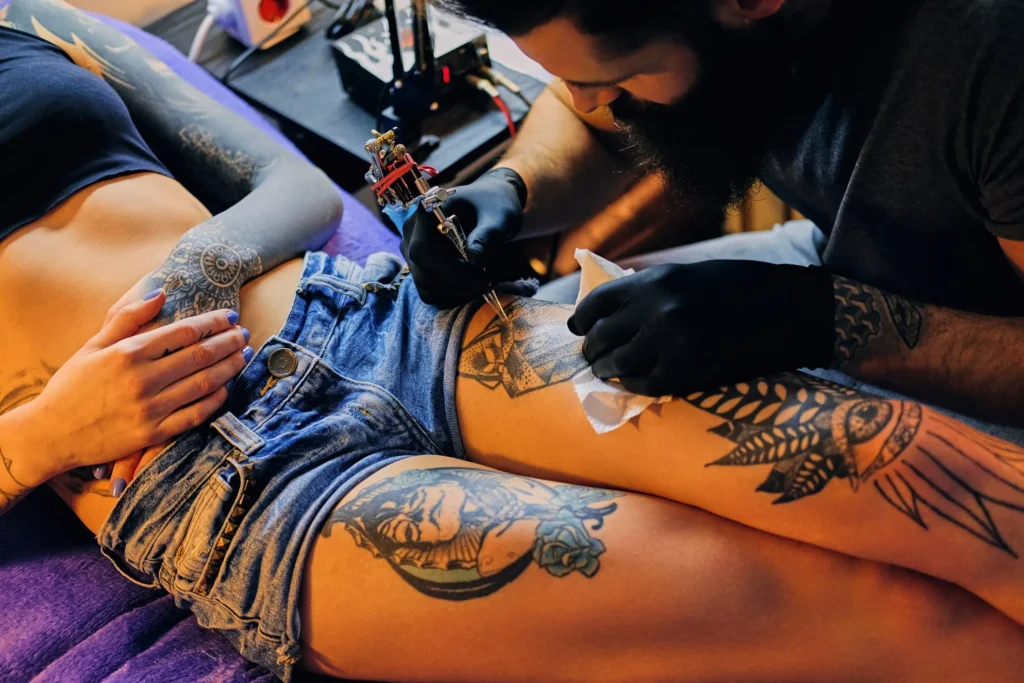
Myth #11: You Can Skip Aftercare If You’re Healthy
Truth: Even healthy people risk infection, scarring, or ink fallout without proper aftercare. Clean, moisturize, and protect your tattoo like any healing wound.
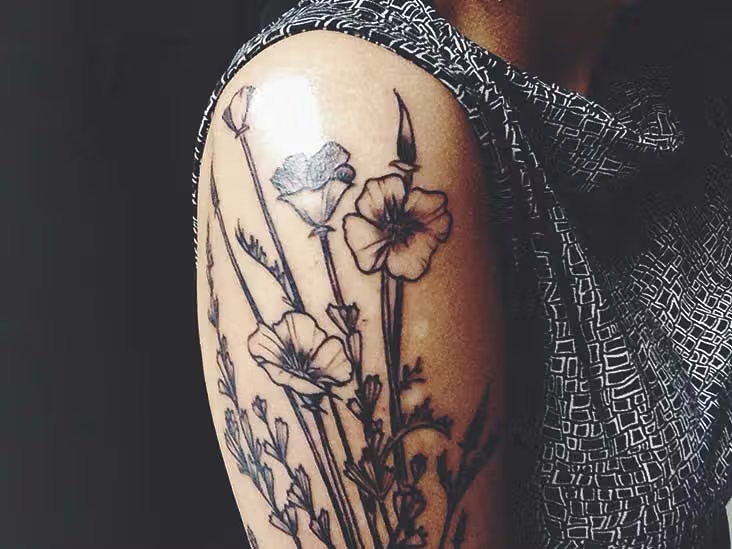
Myth #12: Expensive Tattoos Are Always Better
Truth: Price doesn’t guarantee quality — but very cheap tattoos usually mean inexperienced artists or low hygiene. Look at portfolio, reviews, and cleanliness, not just price.

Myth #13: You Can Tattoo Over a Scar Immediately
Truth: Tattooing over scars is possible, but only after the scar is fully healed (6–12 months). Scarred skin may react differently to ink.
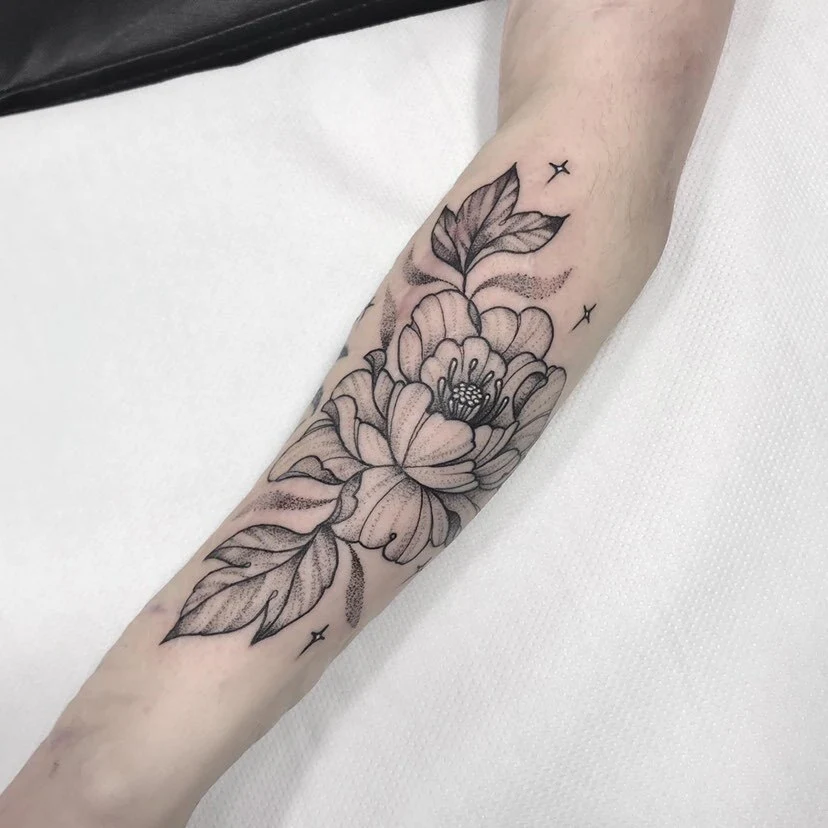
Myth #14: Tattoos Make It Harder to Get an MRI
Truth: Rarely. Older inks with iron oxide might cause slight tingling during MRIs, but modern inks are safe and don’t interfere with imaging.

Myth #15: White Ink Tattoos Are Invisible and Harmless
Truth: White ink tattoos are subtle but can yellow or scar over time. They also have a higher chance of allergic reactions and often fade unpredictably.
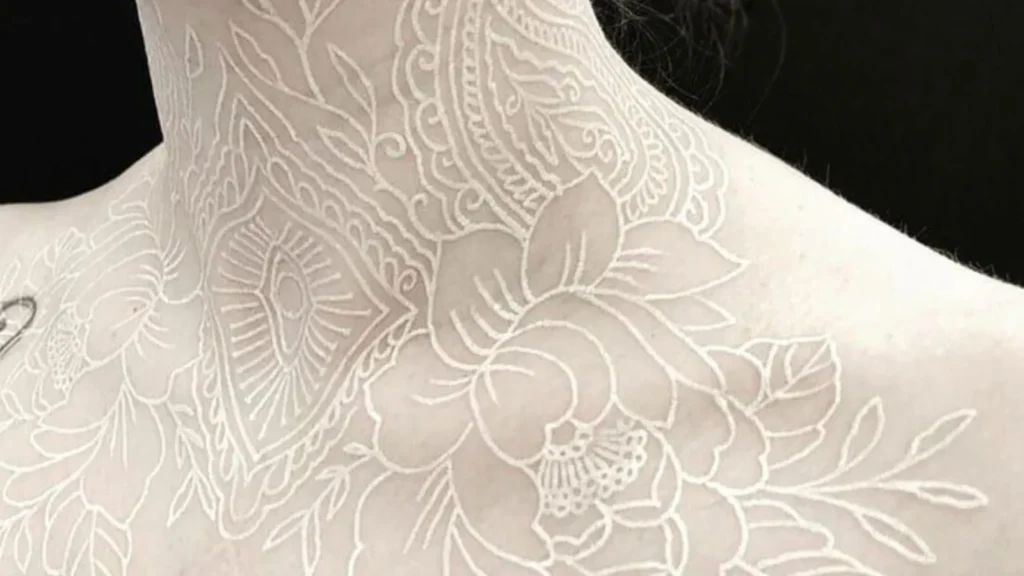
Bonus Myth: Henna Tattoos Are Safe for Everyone
Truth: Natural henna is safe, but black henna often contains toxic additives like PPD (para-phenylenediamine), which can cause chemical burns.
Always ask for natural, organic henna without dyes or added chemicals.
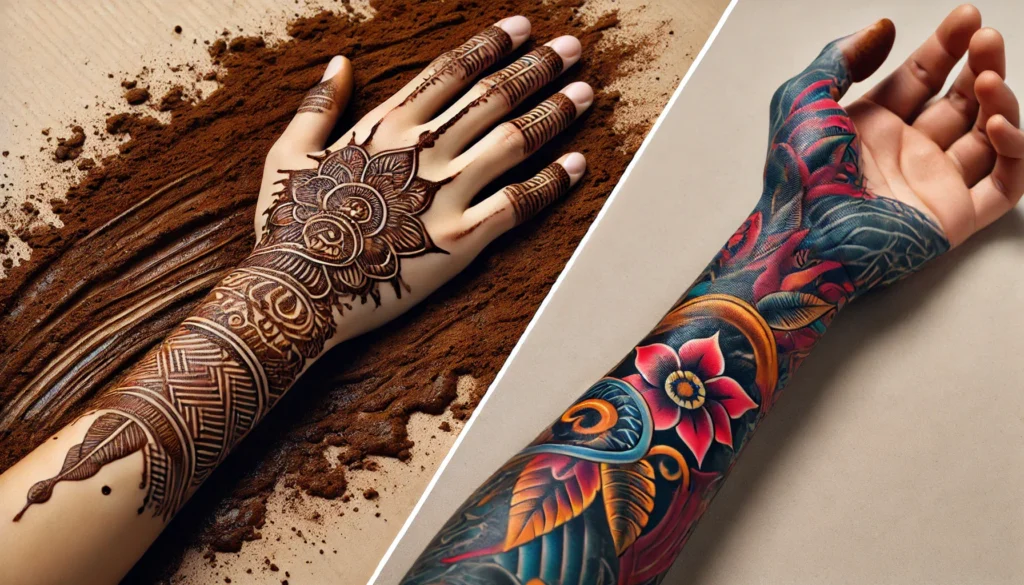
Tattoo Myths FAQ
Is it true tattoos bleed a lot?
Not usually. Minor bleeding is normal during the session, but it stops quickly and scabbing is minimal.
Do tattoos stretch or distort with weight gain?
Yes, especially in areas like the stomach, thighs, or biceps. Ink can stretch with skin.
Can I get addicted to tattoos?
There’s no medical “addiction,” but many people find tattoos emotionally empowering and return for more.
Conclusion
Tattoos are one of the oldest forms of self-expression — but they’re also surrounded by a lot of misinformation. Understanding the truth helps you make better choices, stay safe, and enjoy your ink without fear.







